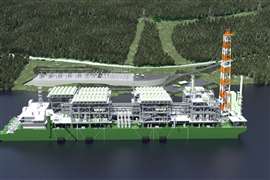Read this article in Français Deutsch Italiano Português Español
Innovative design solutions for enhanced engine performance and reliability
September 20, 2025
MAGAZINE
NEWSLETTER

Delivered directly to your inbox, CompressorTech² News features the pick of the breaking news stories, product launches, show reports and more from KHL's world-class editorial team.
Latest News
CONNECT WITH THE TEAM


Kristin Pride
Brand Manager – North America/European Sales Executive
Tel: +1 720 298 8546
E-mail: [email protected]







